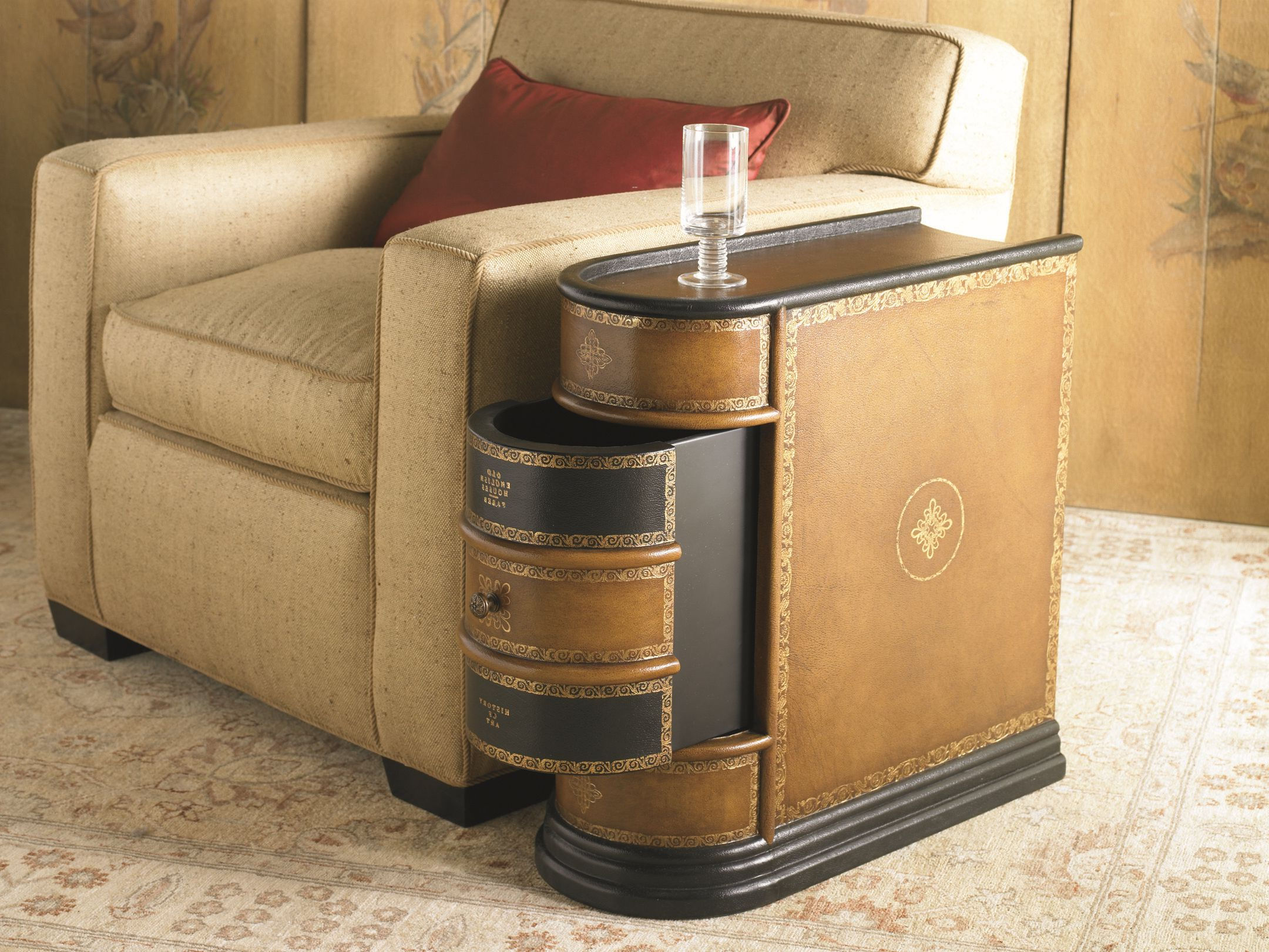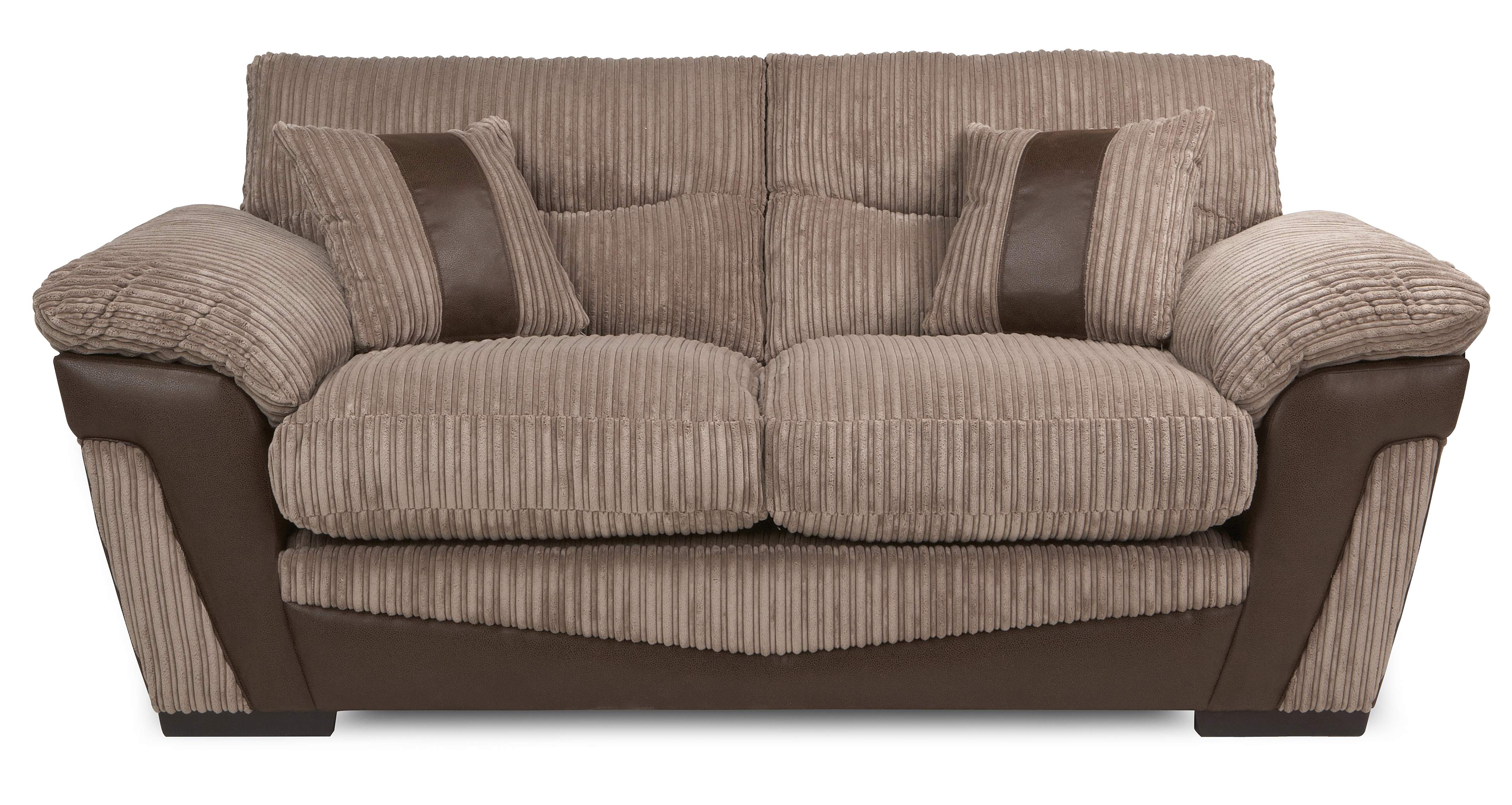When it comes to getting a good night's sleep, having the right mattress and foundation is essential. However, many people may confuse box springs and mattresses, or wonder if they are the same thing. In reality, these two components of a bed serve different purposes and have distinct differences. In this article, we'll explore the differences between box springs and mattresses and answer the question: "Are box springs smaller than mattresses?"Box Springs vs. Mattresses: What's the Difference?
The simple answer is yes, box springs are usually smaller than mattresses. This is because box springs are designed to fit inside bed frames, while mattresses typically sit on top of the box spring. The size of the box spring will depend on the size of the bed frame and the size of the mattress it is supporting.Are Box Springs Smaller Than Mattresses?
Box springs come in various sizes, just like mattresses. The most common sizes are twin, full, queen, and king. However, the dimensions of a box spring may vary depending on the manufacturer. To ensure a proper fit, it's essential to measure your bed frame and mattress before purchasing a box spring.Understanding Box Spring Sizes
As mentioned, the most common box spring sizes are twin, full, queen, and king. Here's a breakdown of the dimensions for each size: Twin: 38" x 75" Full: 53" x 75" Queen: 60" x 80" King: 76" x 80" Aside from these standard sizes, some manufacturers may offer other sizes such as twin XL, full XL, California king, and split king. It's always best to check the dimensions before purchasing to ensure a proper fit.Box Spring Sizes: Twin, Full, Queen, King and More
Many people wonder if a box spring is necessary for their bed. The answer depends on the type of bed frame and mattress you have. Some bed frames, such as platform beds, don't require a box spring as they have a built-in support system. However, traditional bed frames usually require a box spring for additional support and to keep the mattress from sagging.Do You Need a Box Spring?
Another term often used interchangeably with box springs is foundations. While they serve a similar purpose, there are some differences between the two. A box spring is typically made of a wooden frame with coils or springs inside and covered with fabric. On the other hand, a foundation is made of a solid wooden or metal frame that provides a flat and sturdy surface for the mattress. Foundations are often used with foam or latex mattresses, while box springs are better suited for innerspring mattresses.Box Spring vs. Foundation: What's the Difference?
As mentioned earlier, it's crucial to measure your bed frame and mattress before purchasing a box spring. To measure for a box spring, follow these steps: 1. Measure the width and length of your bed frame. 2. Measure the height of your mattress, including any additional padding. 3. Subtract the height of your mattress from the height of your bed frame. This will give you the height of the box spring you need.How to Measure for a Box Spring
When shopping for a box spring, there are a few things you should consider: Material: The most common materials for box springs are wood and metal. Wood provides a traditional look and is more durable, while metal box springs are lighter and easier to move. Support: Look for a box spring with a sturdy support system, such as metal coils or wooden slats, to ensure proper support for your mattress. Compatibility: Make sure the box spring you choose is compatible with your bed frame and mattress size. Warranty: Check the warranty for the box spring you are interested in to ensure you're covered in case of any defects.Box Spring Buying Guide
To summarize, here are the standard sizes and dimensions for box springs: Twin: 38" x 75" Full: 53" x 75" Queen: 60" x 80" King: 76" x 80"Box Spring Sizes and Dimensions
Finally, let's briefly touch on the difference between a box spring and a platform bed. A platform bed is a type of bed frame that doesn't require a box spring or foundation. Instead, the mattress sits directly on a solid, flat surface. Platform beds are often lower to the ground and can provide a modern and sleek look to a bedroom. In conclusion, box springs are smaller than mattresses and serve as a support system for your bed. They come in various sizes to fit different bed frames and are essential for keeping your mattress from sagging. When shopping for a box spring, make sure to consider factors such as material, support, compatibility, and warranty. With the right box spring, you can ensure a comfortable and supportive sleep every night.Box Spring vs. Platform Bed: What's the Difference?
Why Box Springs are the Perfect Complement to Your Mattress

The Importance of a Good Night's Sleep
The Purpose of a Box Spring
 First, let's clarify what a box spring actually is. A box spring is a sturdy wooden frame with springs or metal rods inside that provide support for your mattress. It is typically placed on top of a bed frame and under your mattress, acting as a foundation for your bed. The main purpose of a box spring is to absorb shock and distribute weight evenly, preventing your mattress from sagging and prolonging its lifespan.
First, let's clarify what a box spring actually is. A box spring is a sturdy wooden frame with springs or metal rods inside that provide support for your mattress. It is typically placed on top of a bed frame and under your mattress, acting as a foundation for your bed. The main purpose of a box spring is to absorb shock and distribute weight evenly, preventing your mattress from sagging and prolonging its lifespan.
How is a Box Spring Different from a Mattress?
 While they may seem similar, box springs and mattresses serve different purposes. A
mattress
is the topmost layer of your bed, providing comfort and support while you sleep. It is made up of various materials such as memory foam, latex, or innerspring coils. On the other hand, a box spring is designed to support the weight of the mattress and its occupants. It acts as a shock absorber, preventing your mattress from wearing out and maintaining its shape and firmness.
While they may seem similar, box springs and mattresses serve different purposes. A
mattress
is the topmost layer of your bed, providing comfort and support while you sleep. It is made up of various materials such as memory foam, latex, or innerspring coils. On the other hand, a box spring is designed to support the weight of the mattress and its occupants. It acts as a shock absorber, preventing your mattress from wearing out and maintaining its shape and firmness.
Why are Box Springs Smaller than Mattresses?
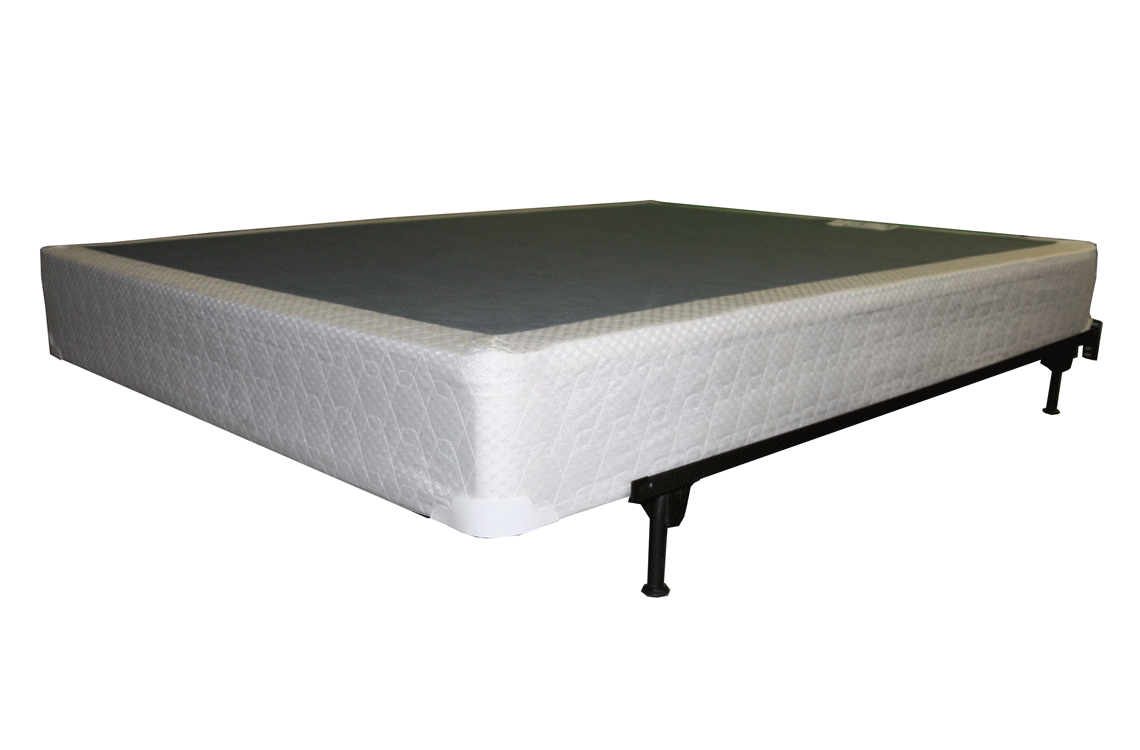 One of the main reasons why box springs are smaller than mattresses is for practicality and convenience. A standard box spring is typically 9 inches in height, while a mattress can range from 10 to 14 inches. This difference in height allows for a smooth transition from the box spring to the mattress, ensuring that your bed is at a comfortable height for getting in and out. Additionally, the smaller size of a box spring also makes it easier to move and maneuver, especially for those with smaller living spaces.
One of the main reasons why box springs are smaller than mattresses is for practicality and convenience. A standard box spring is typically 9 inches in height, while a mattress can range from 10 to 14 inches. This difference in height allows for a smooth transition from the box spring to the mattress, ensuring that your bed is at a comfortable height for getting in and out. Additionally, the smaller size of a box spring also makes it easier to move and maneuver, especially for those with smaller living spaces.
The Benefits of Using a Box Spring
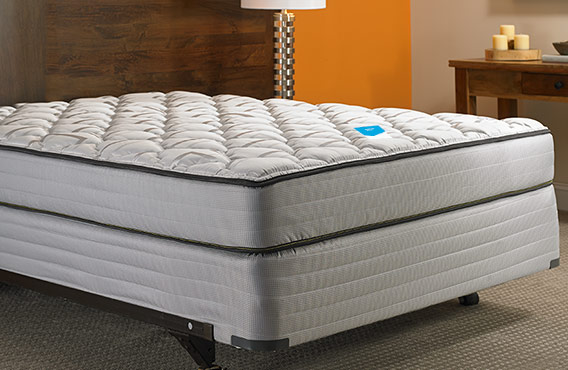 Apart from providing support for your mattress, using a box spring has many other benefits. One of the main advantages is improved air circulation, which helps regulate the temperature of your mattress. This prevents your mattress from trapping heat and becoming uncomfortable to sleep on. Additionally, a
box spring
can also act as a shock absorber, reducing the impact of movement on your mattress. This is especially beneficial for couples with different sleep patterns, as it minimizes disturbance for the other person.
Apart from providing support for your mattress, using a box spring has many other benefits. One of the main advantages is improved air circulation, which helps regulate the temperature of your mattress. This prevents your mattress from trapping heat and becoming uncomfortable to sleep on. Additionally, a
box spring
can also act as a shock absorber, reducing the impact of movement on your mattress. This is especially beneficial for couples with different sleep patterns, as it minimizes disturbance for the other person.
In Conclusion
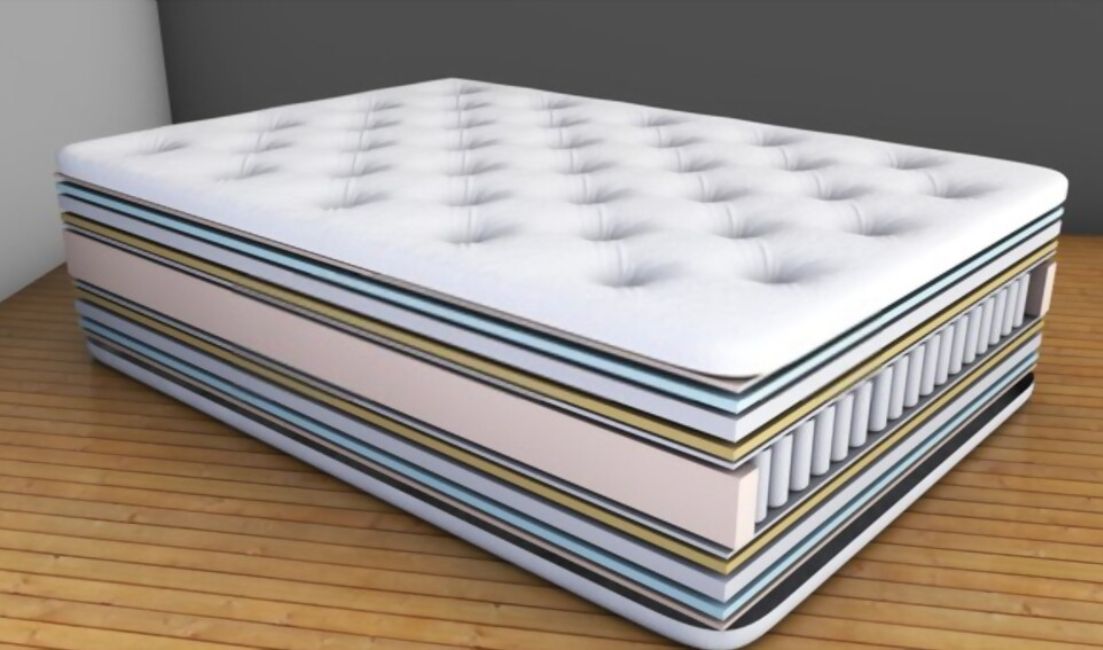 In summary, while box springs may be smaller than mattresses, they play a crucial role in ensuring a comfortable and supportive sleep surface. They act as a foundation for your mattress, prolonging its lifespan and providing additional benefits such as improved air circulation and shock absorption. So the next time you're shopping for a new bed, don't forget to consider the importance of a box spring. Your back and your mattress will thank you.
In summary, while box springs may be smaller than mattresses, they play a crucial role in ensuring a comfortable and supportive sleep surface. They act as a foundation for your mattress, prolonging its lifespan and providing additional benefits such as improved air circulation and shock absorption. So the next time you're shopping for a new bed, don't forget to consider the importance of a box spring. Your back and your mattress will thank you.




:max_bytes(150000):strip_icc()/platform-bed-vs-box-spring-5216570-5acea4bcf8f641d8a0c4e1a44e5ad321.png)



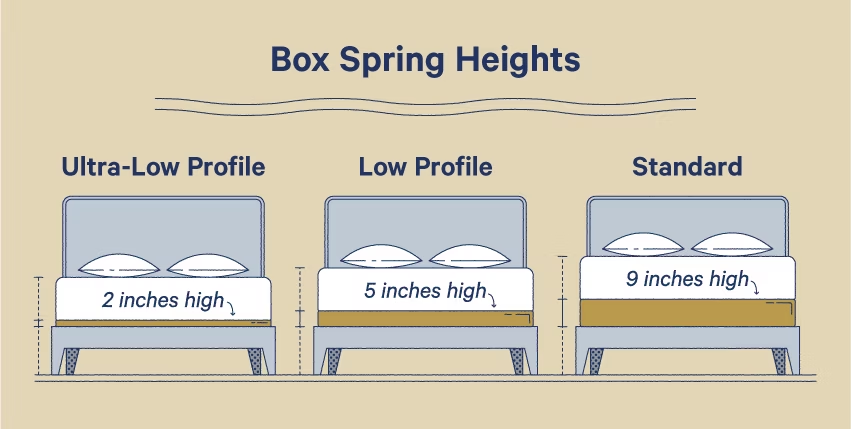




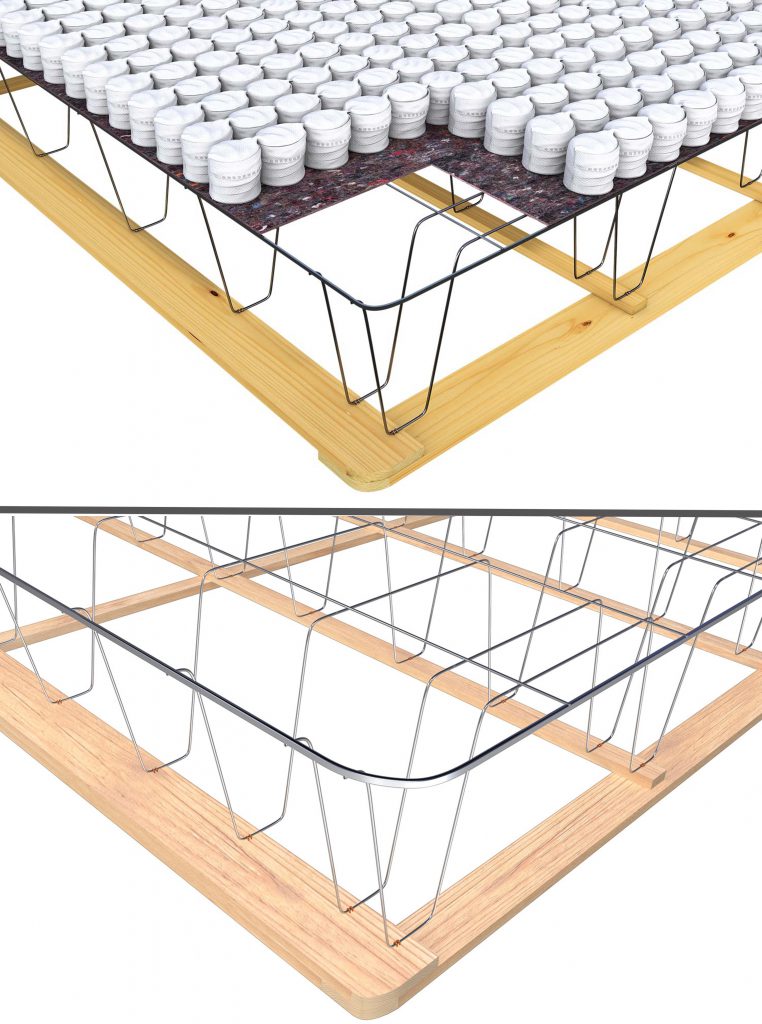


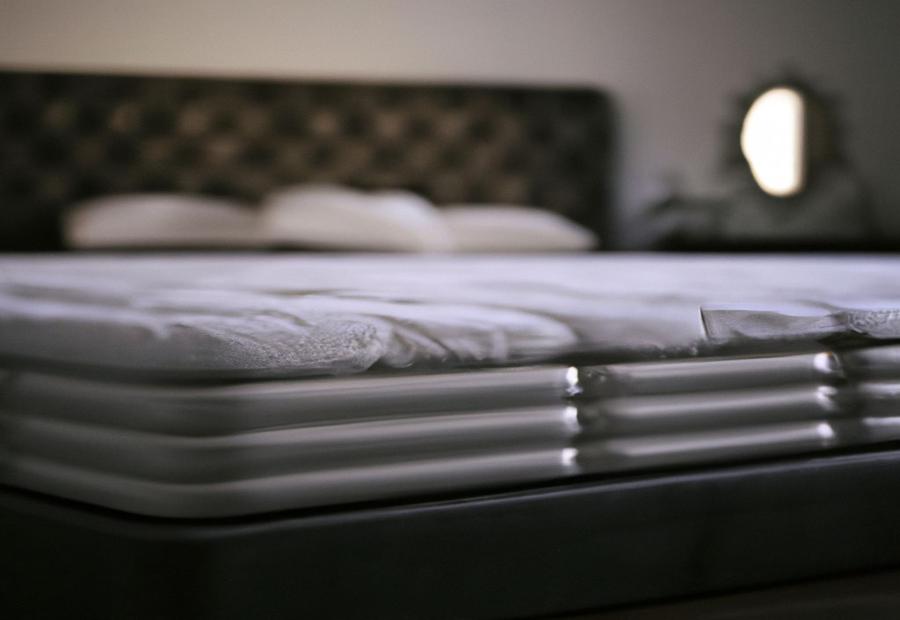
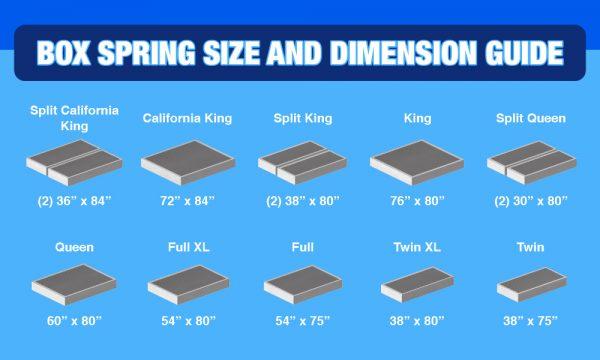
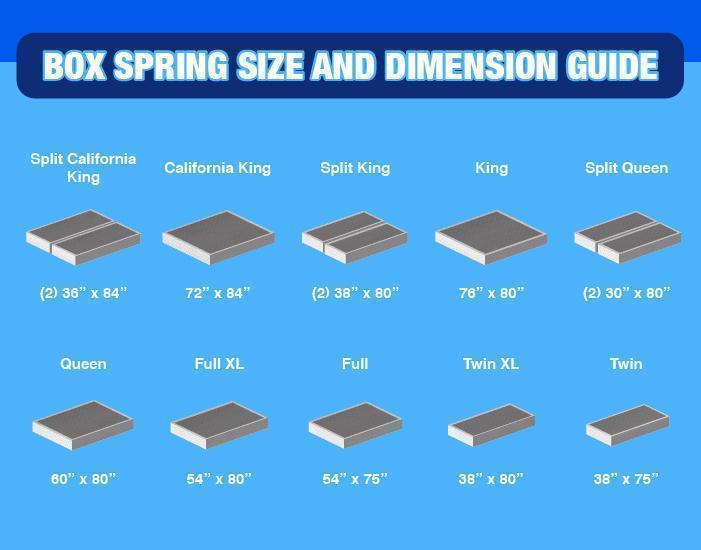
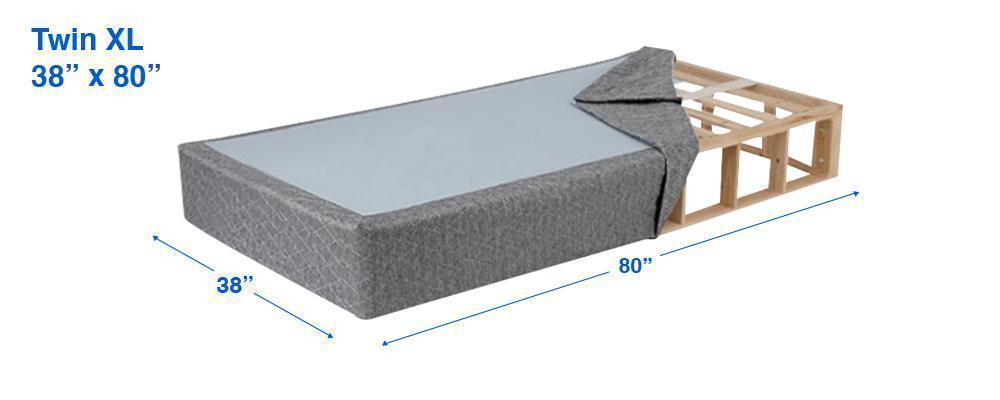
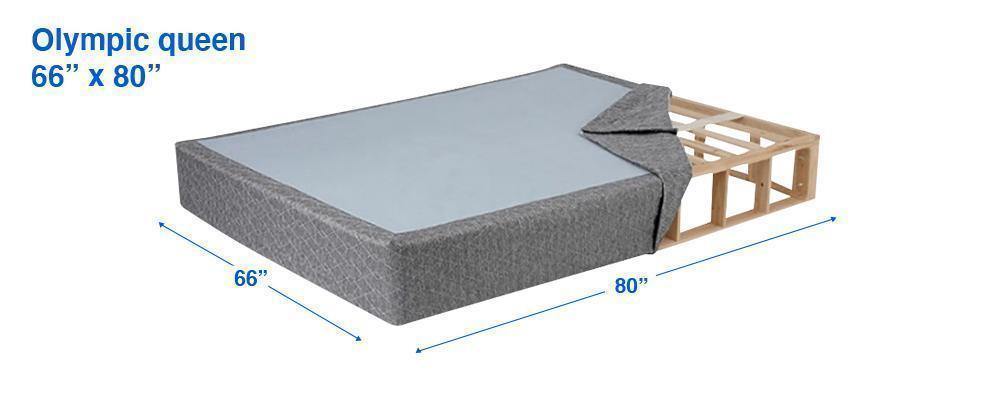

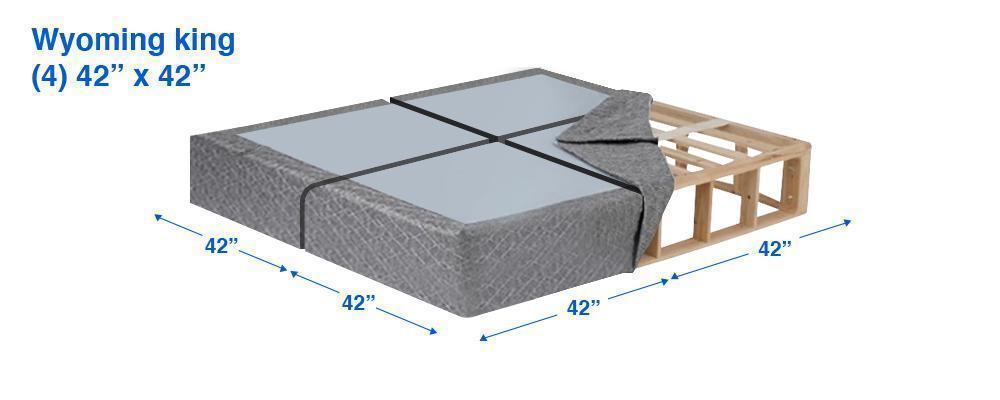

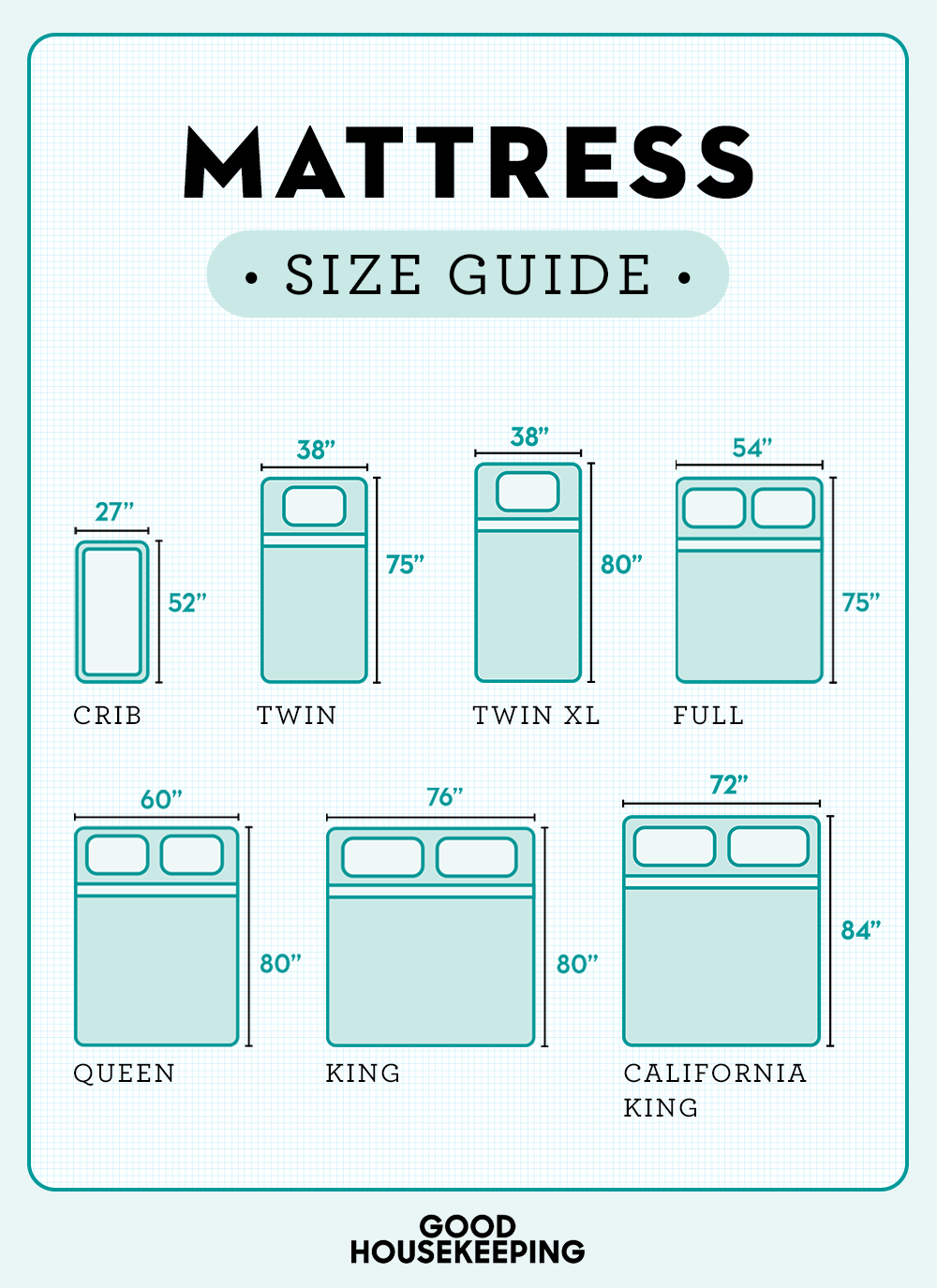
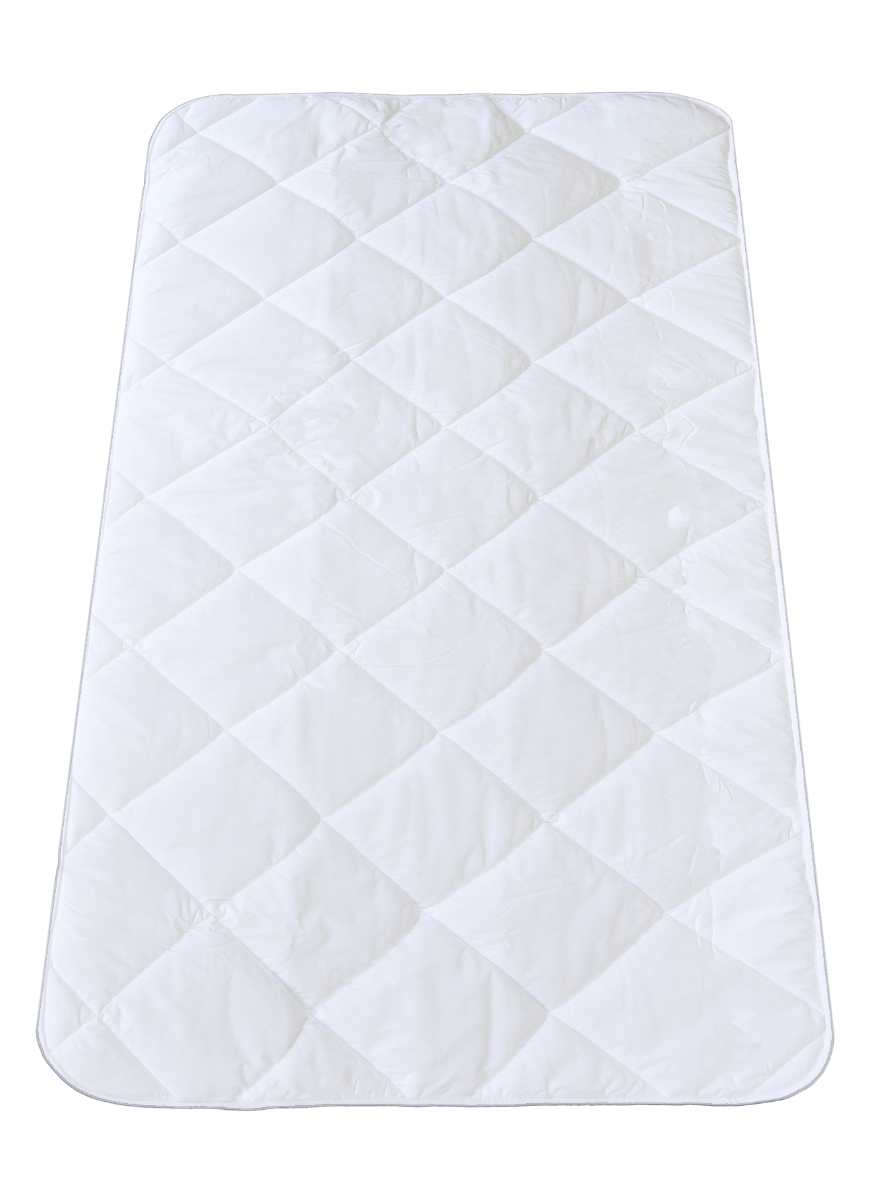
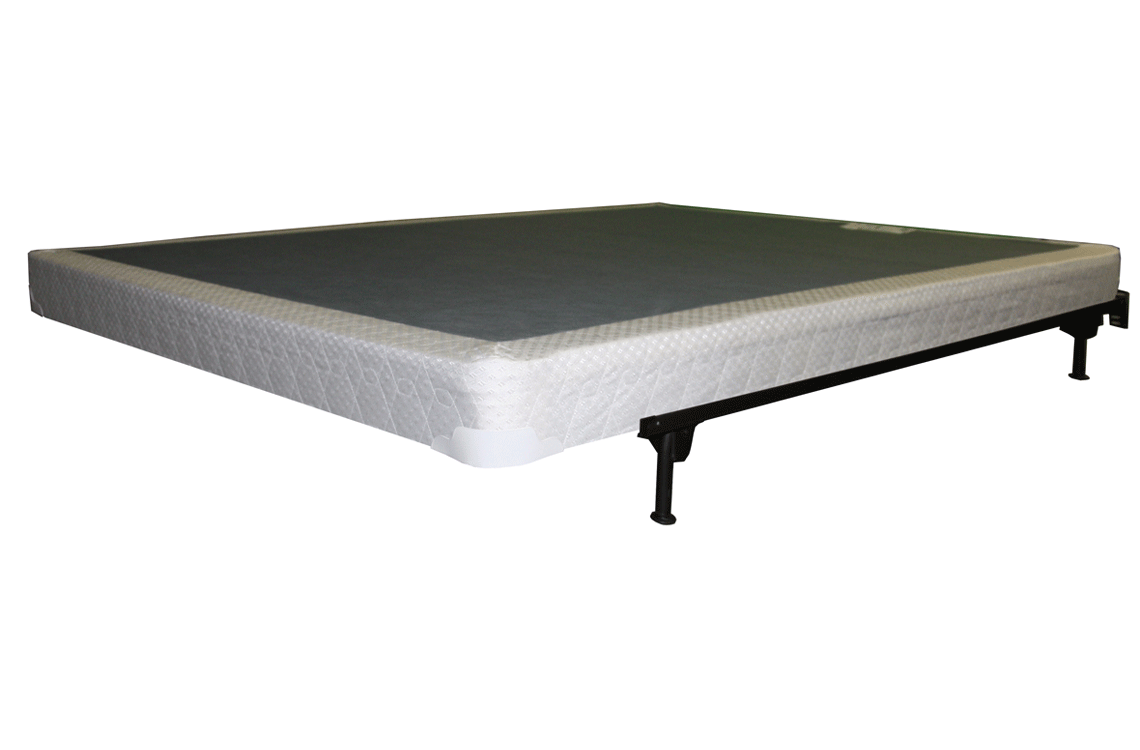
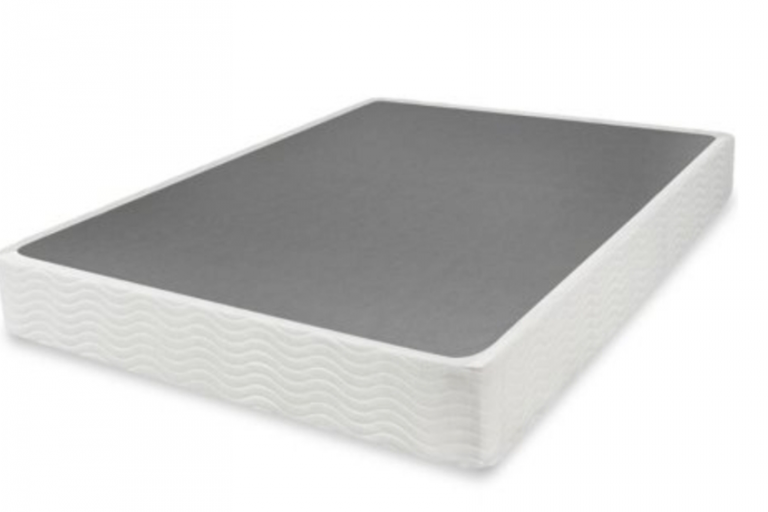
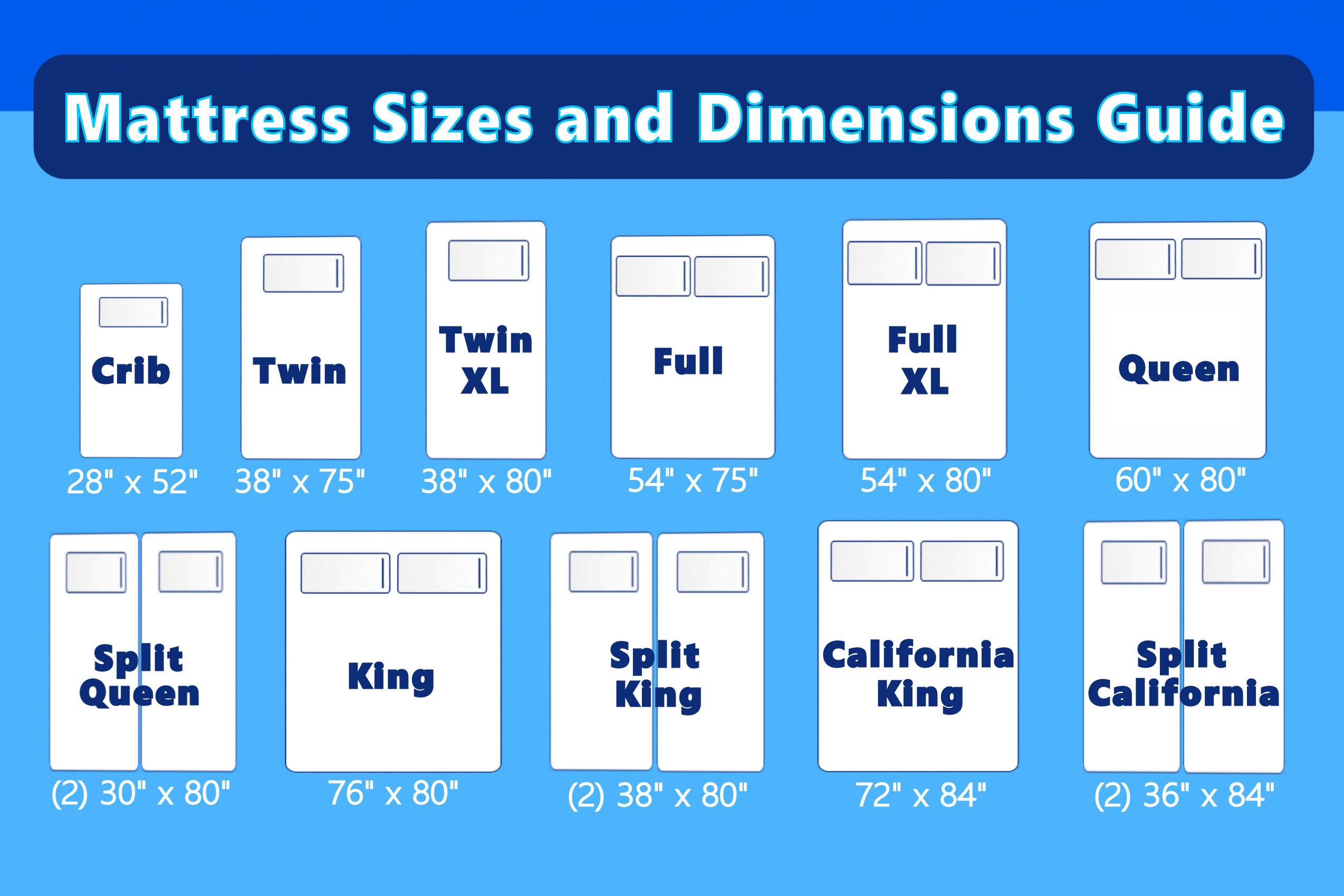
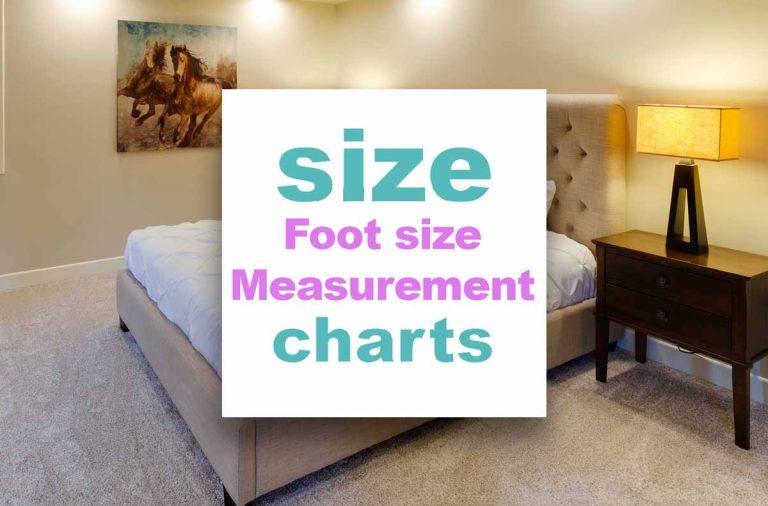
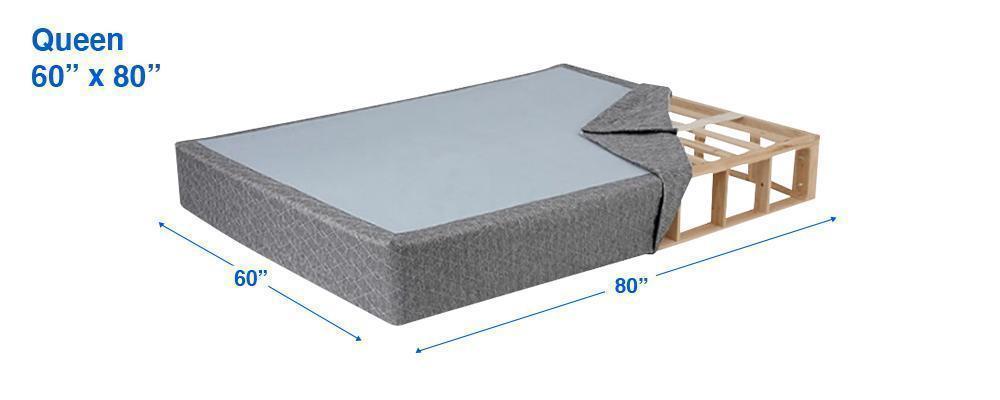

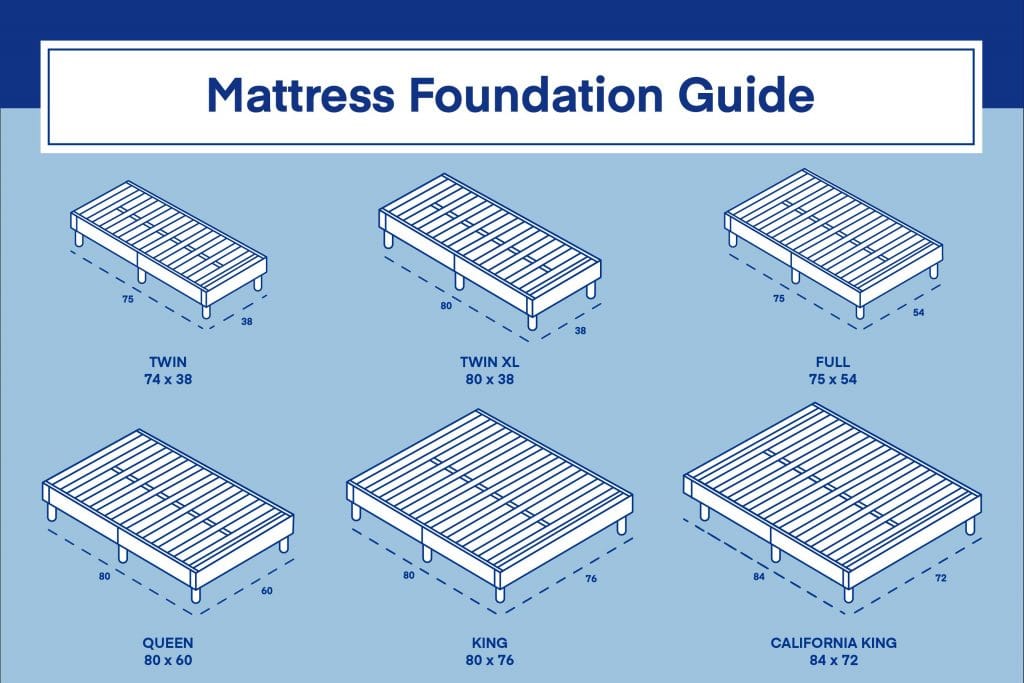




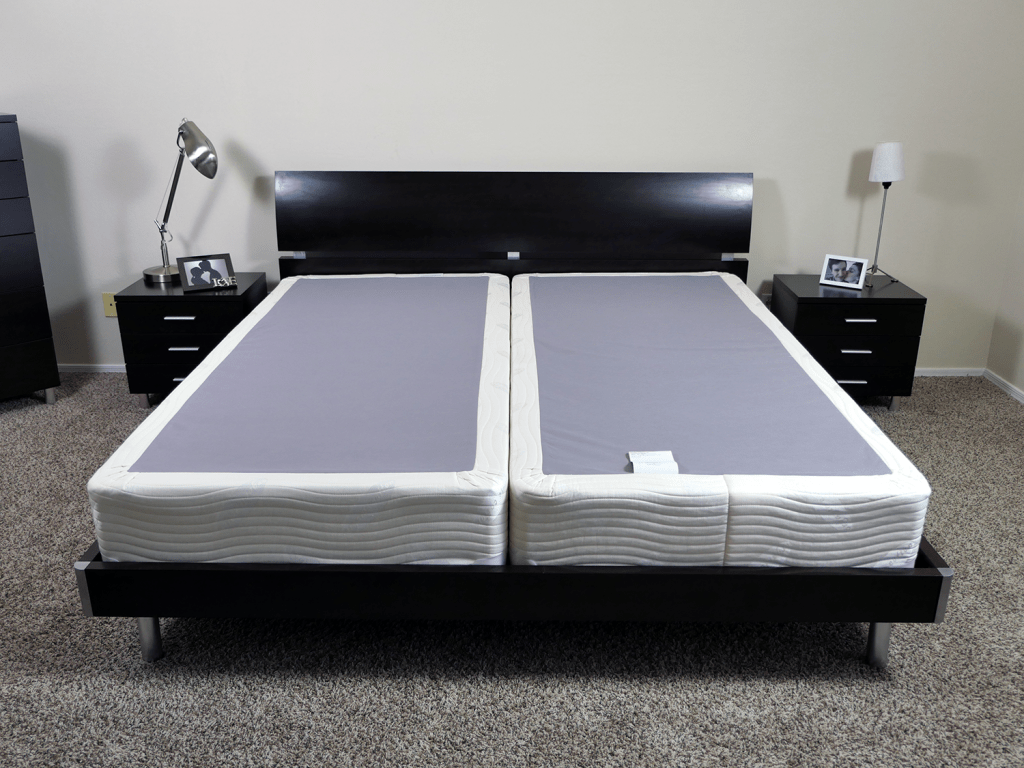
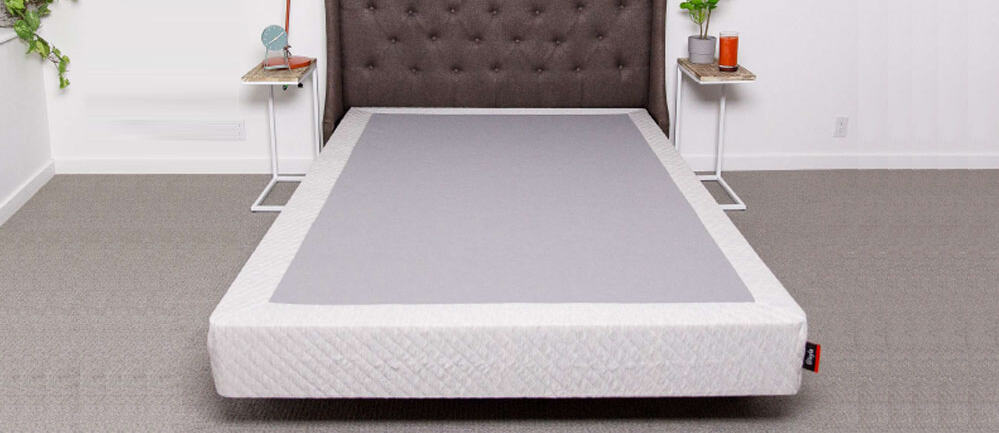
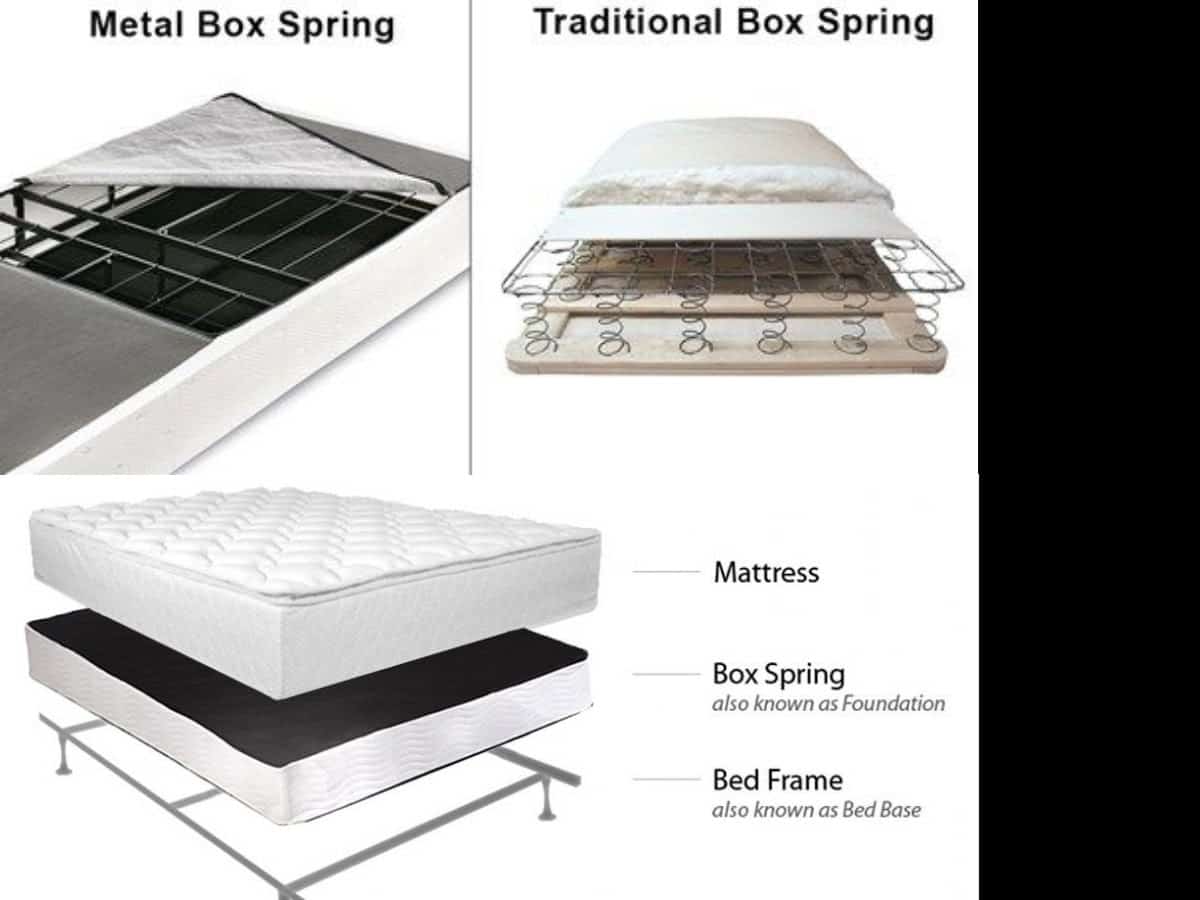
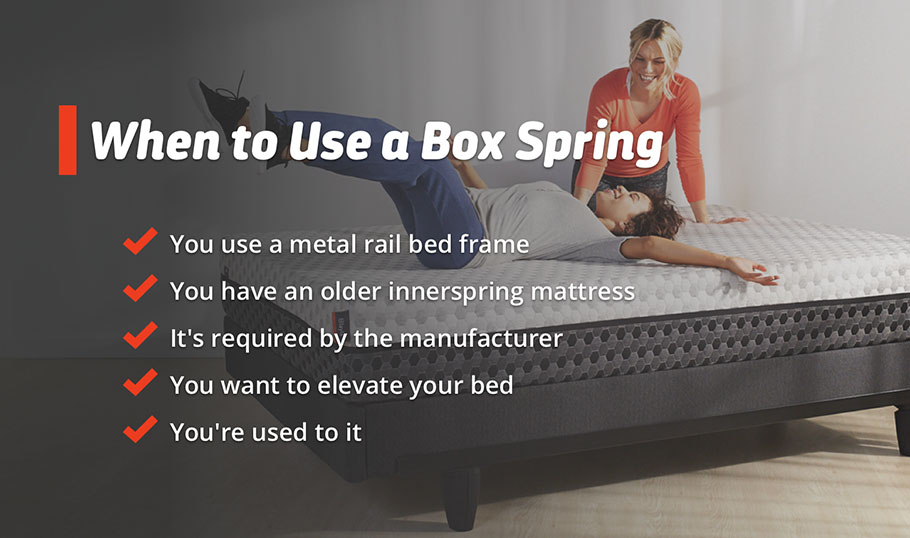




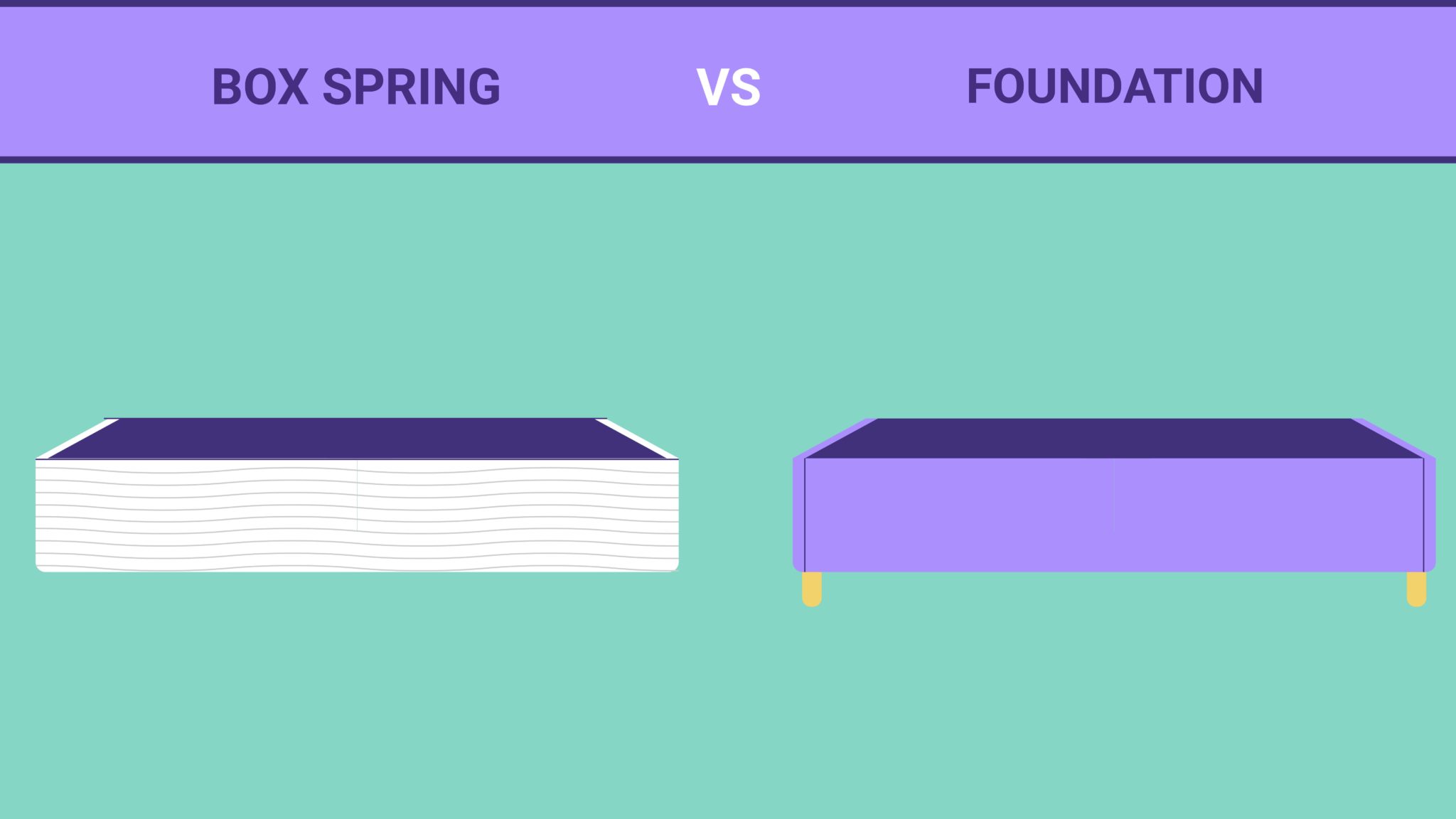
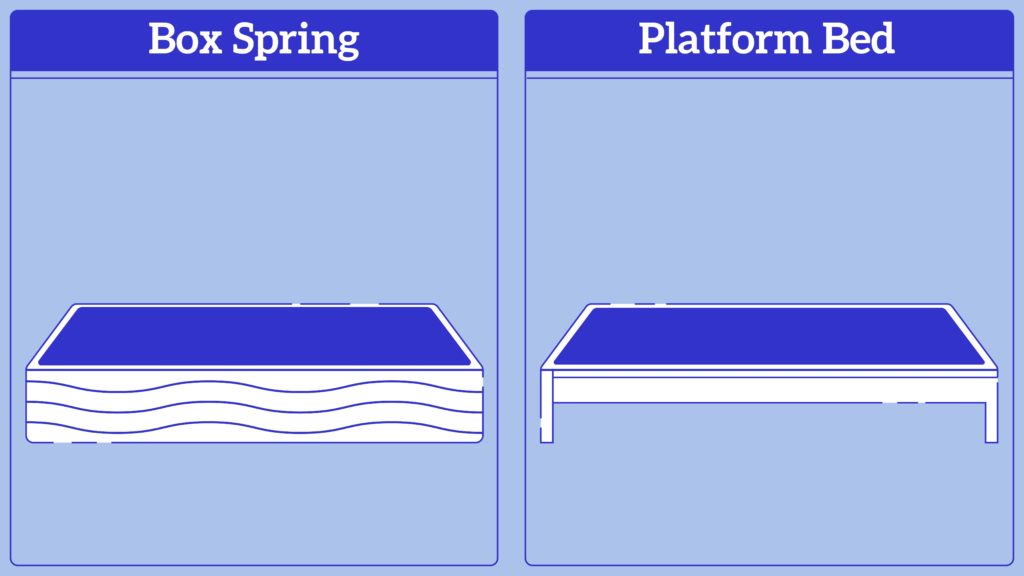

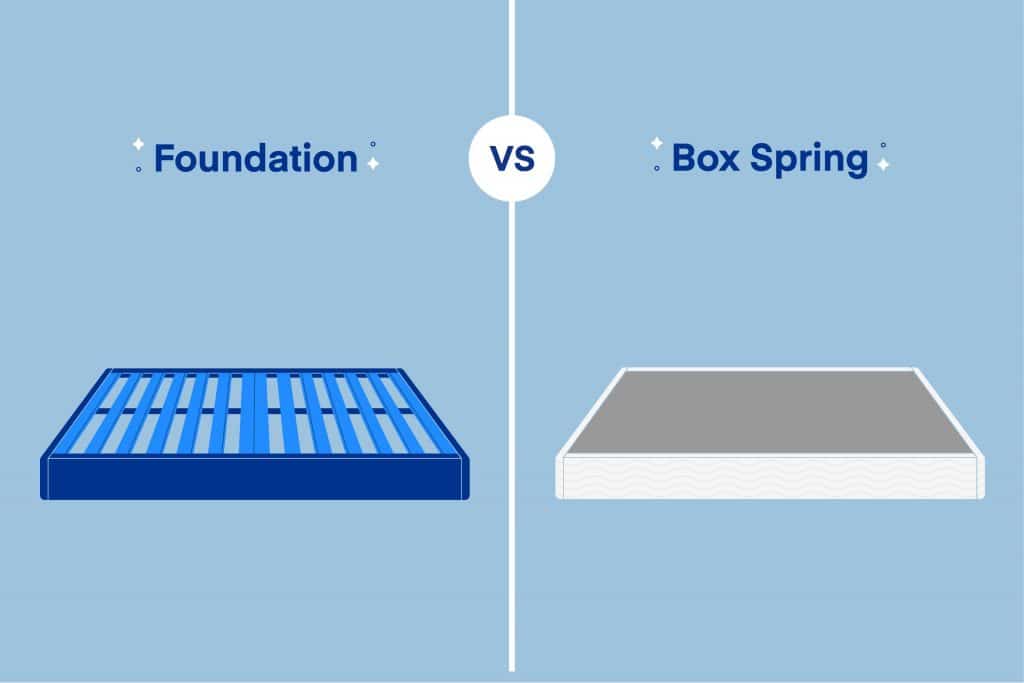

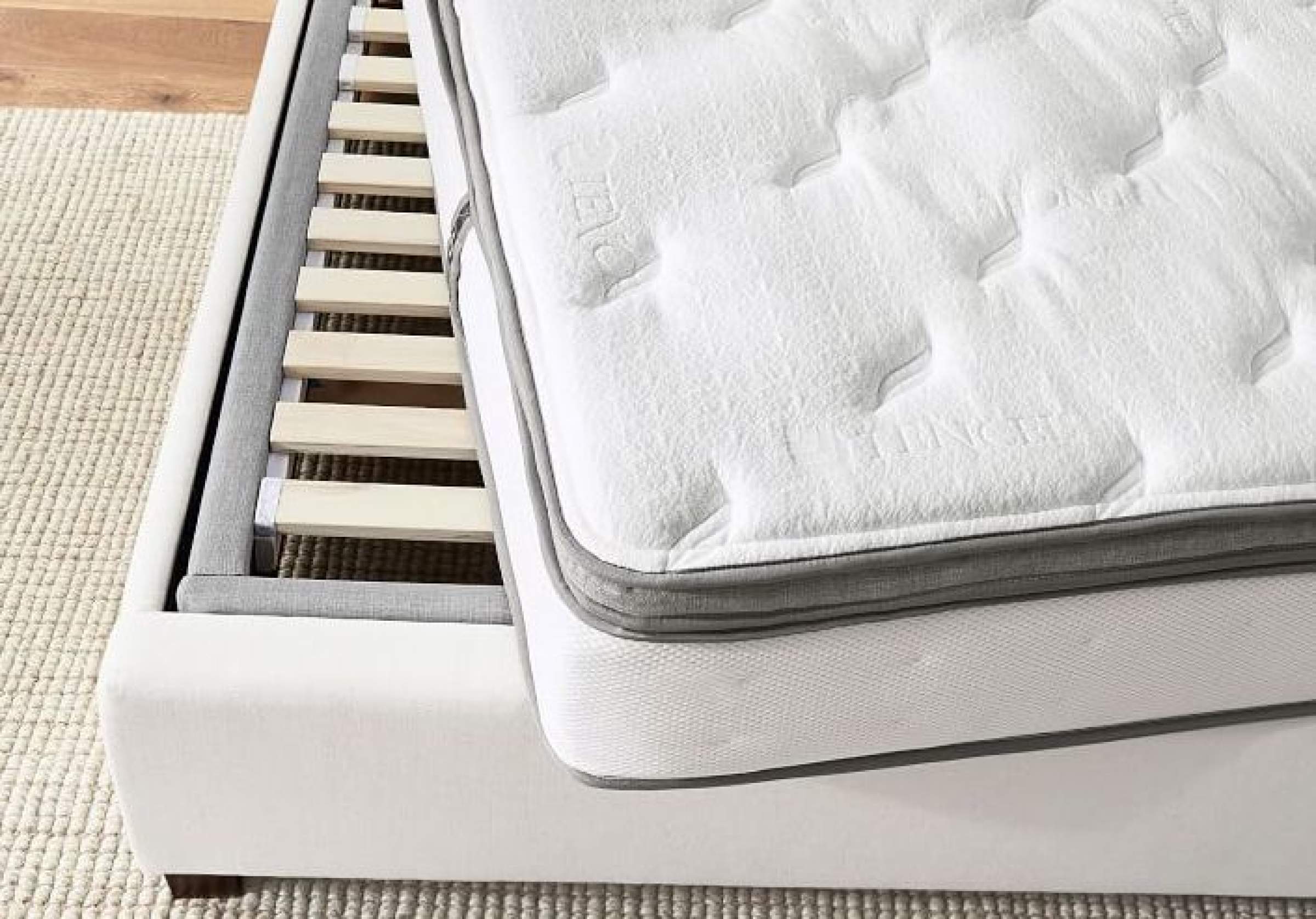
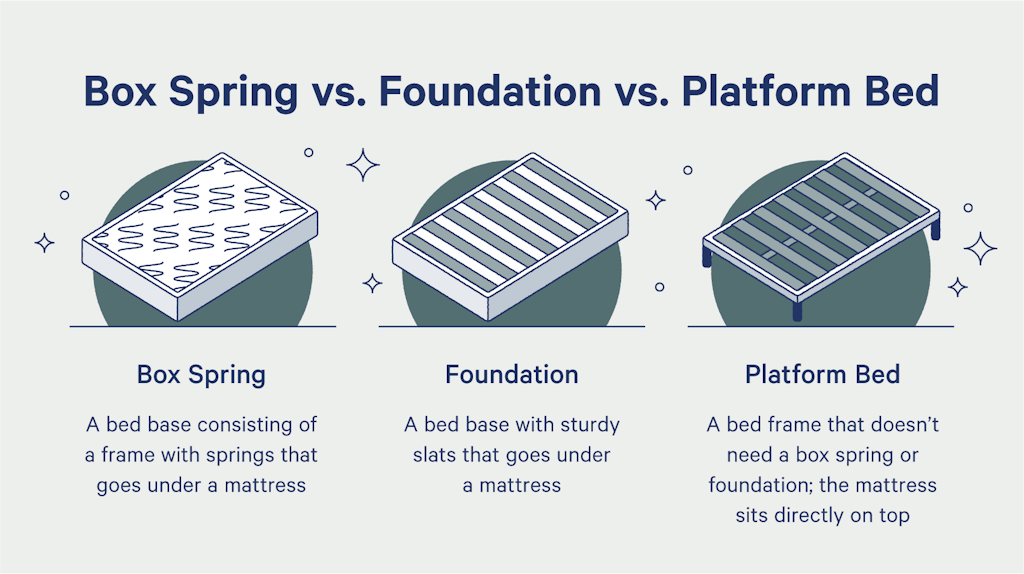





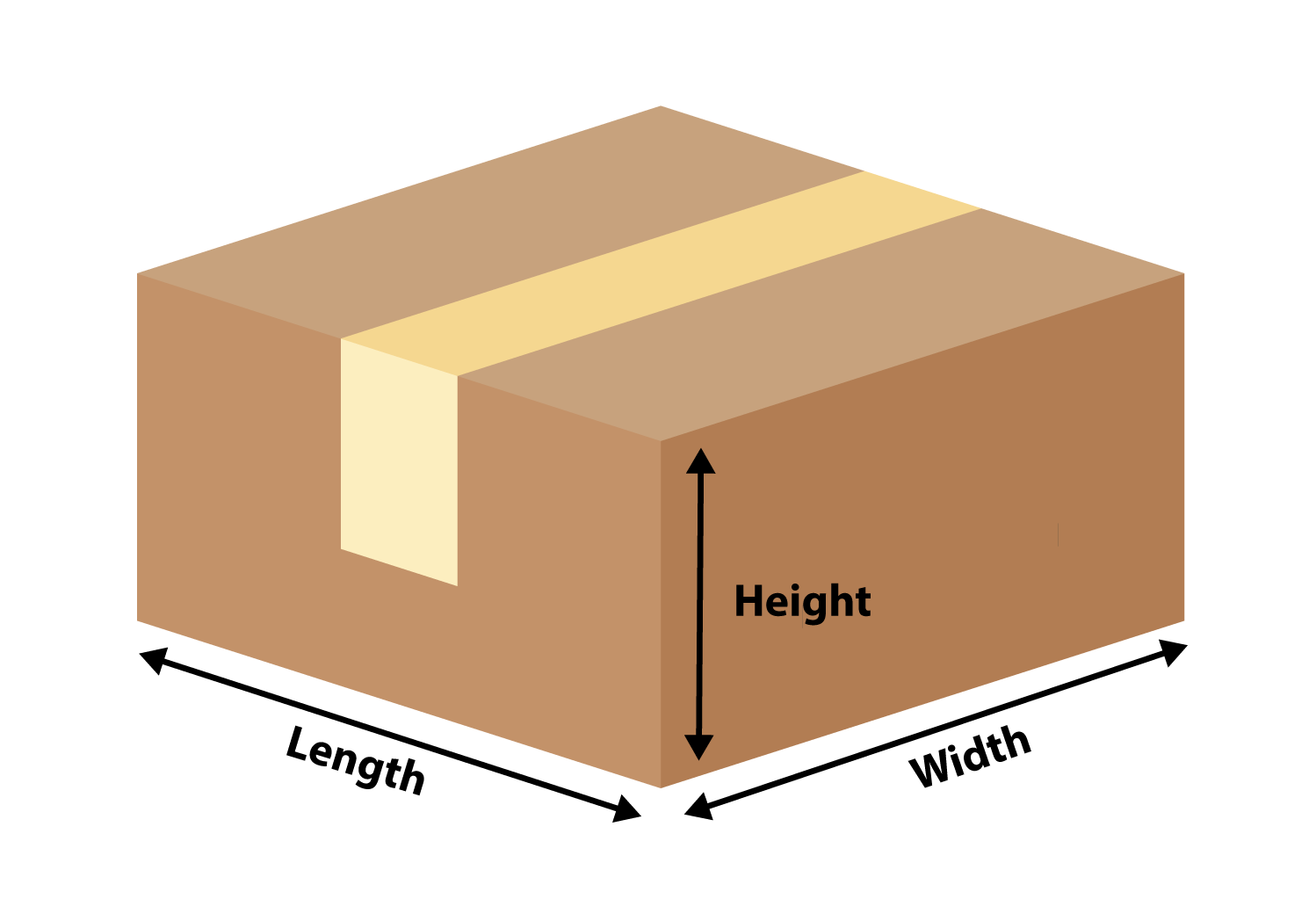














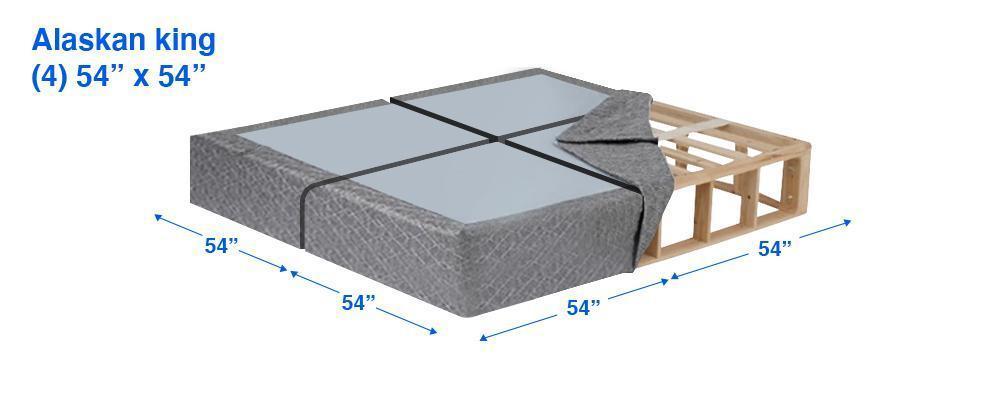
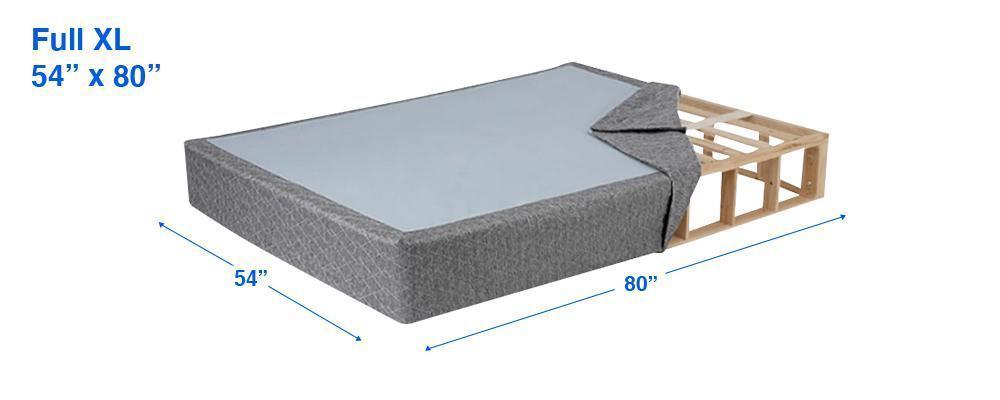





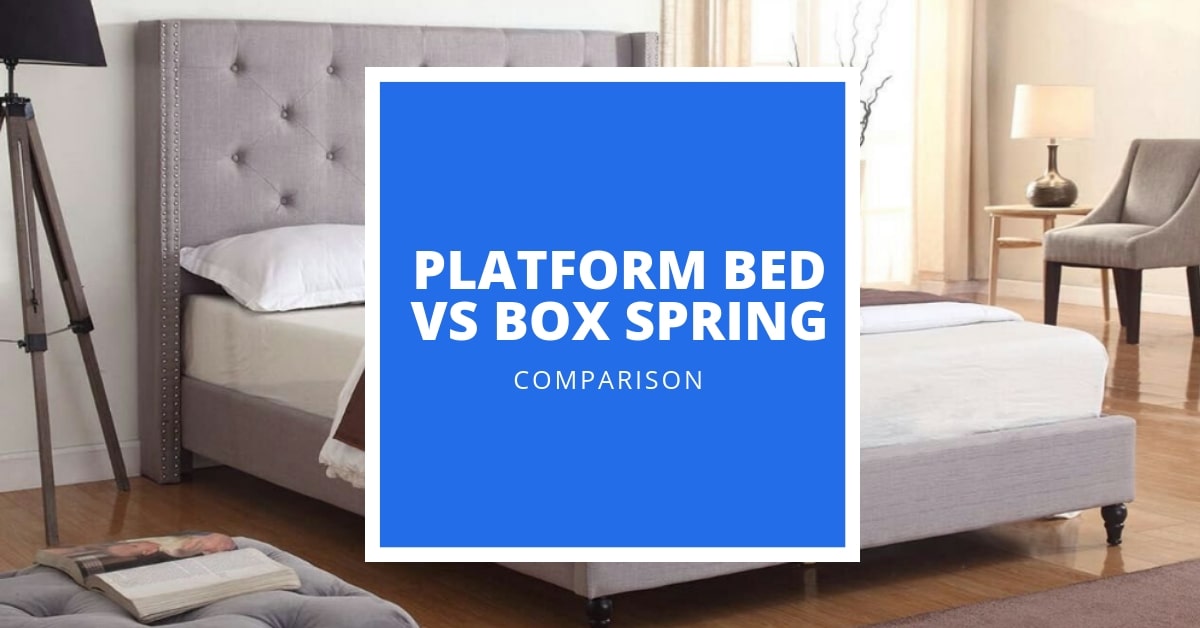
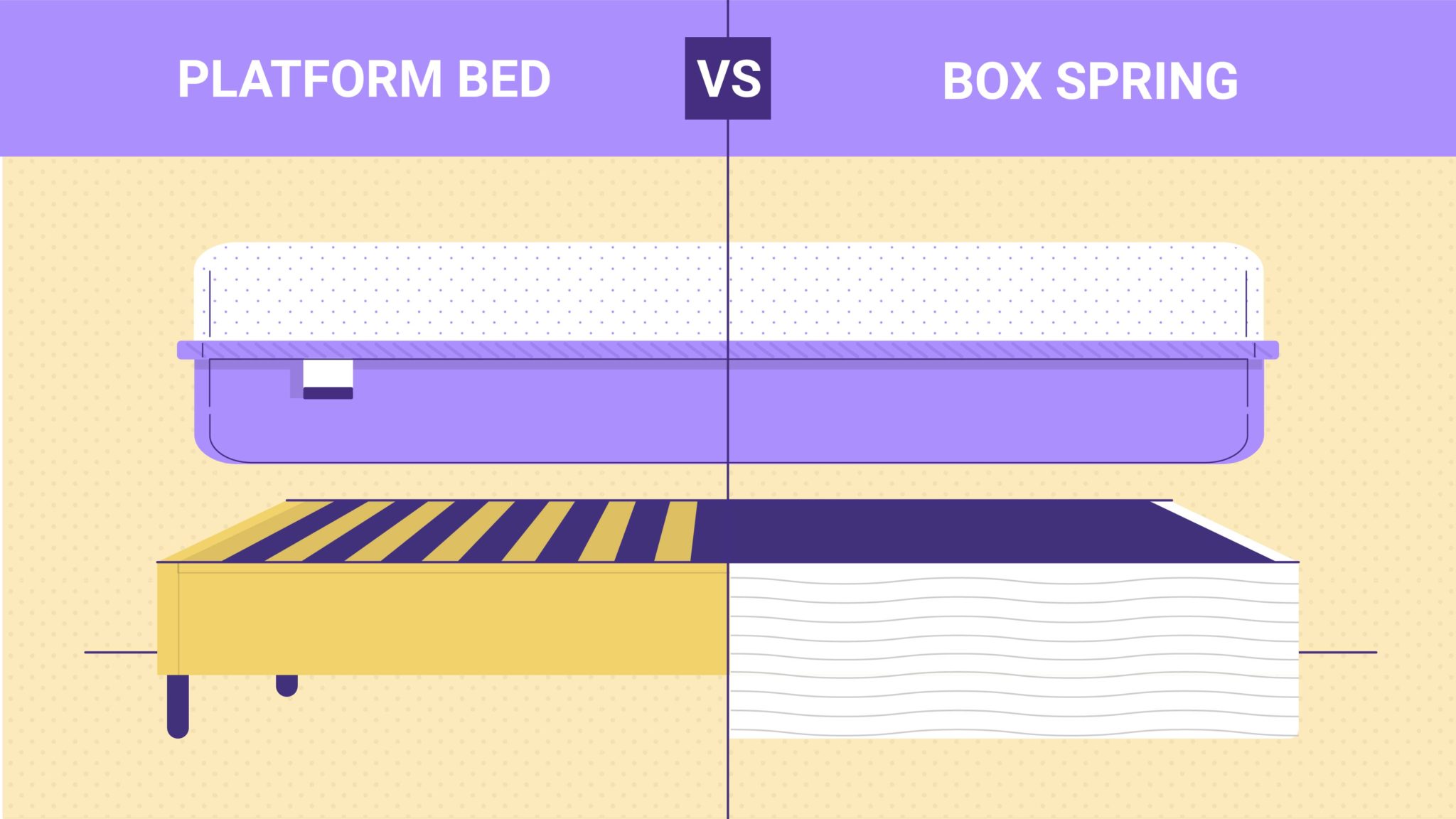
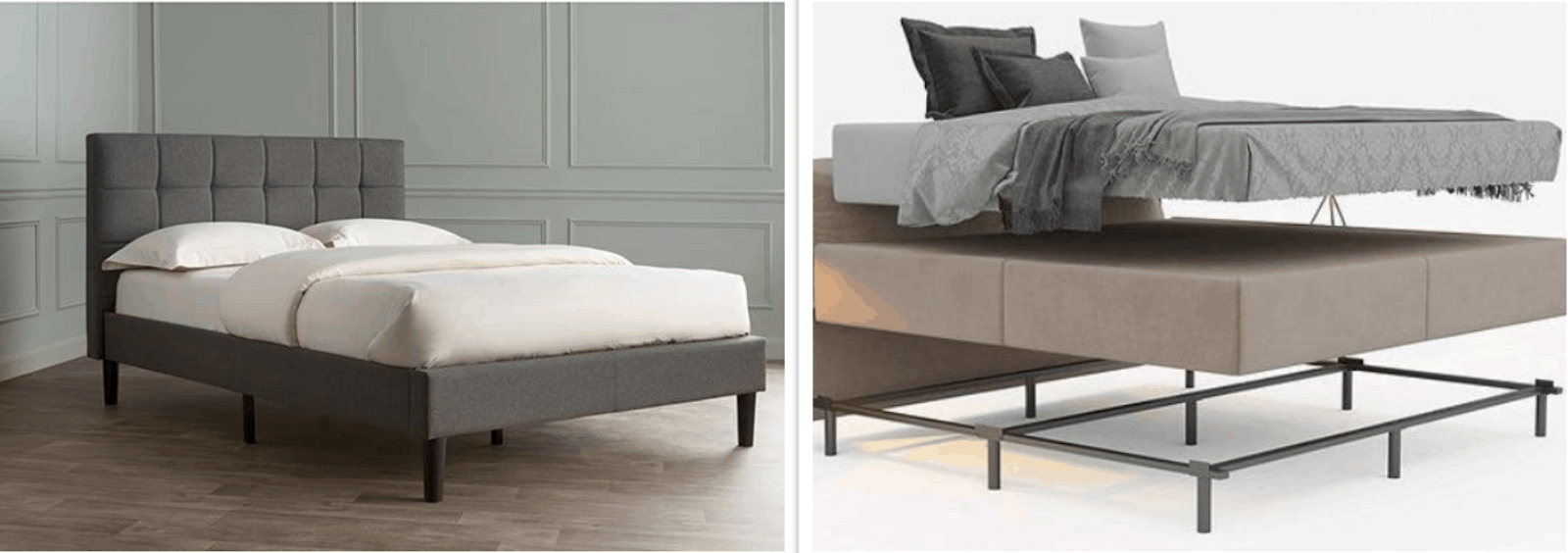



/water-overflowing-in-kitchen-sink-200553937-001-5797e6335f9b58461f5a6736.jpg)

